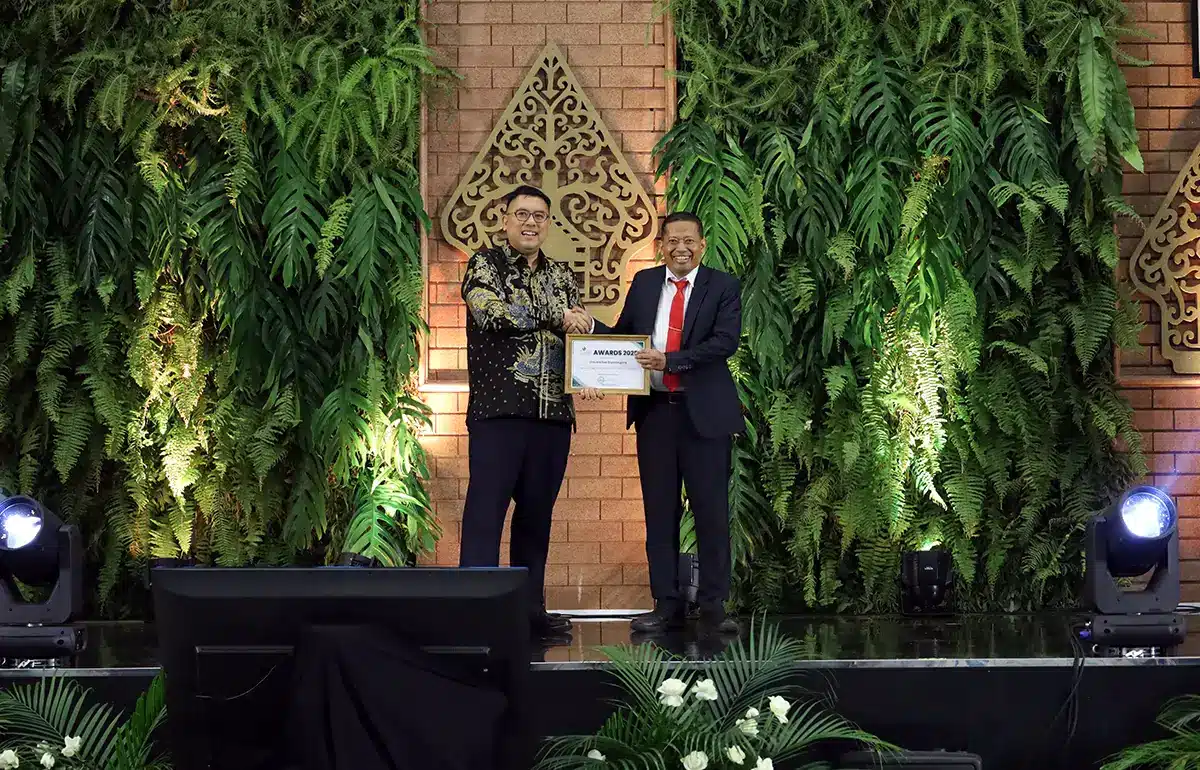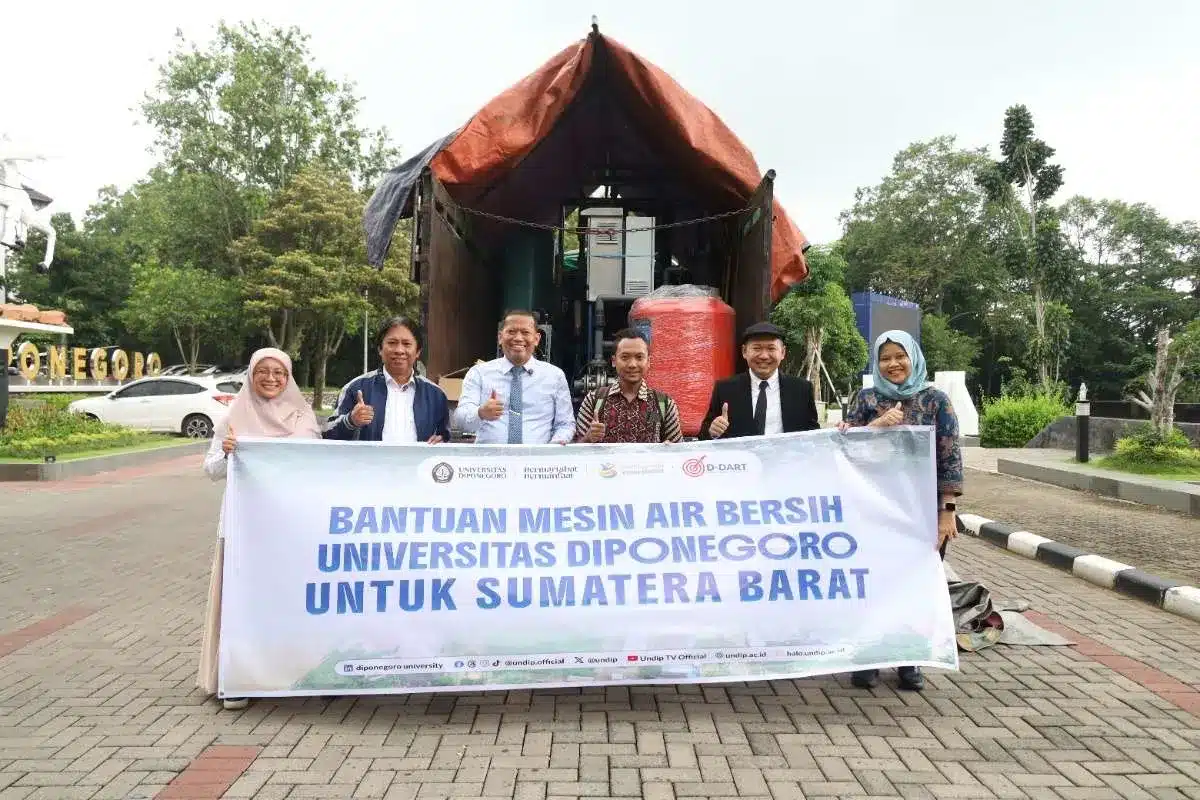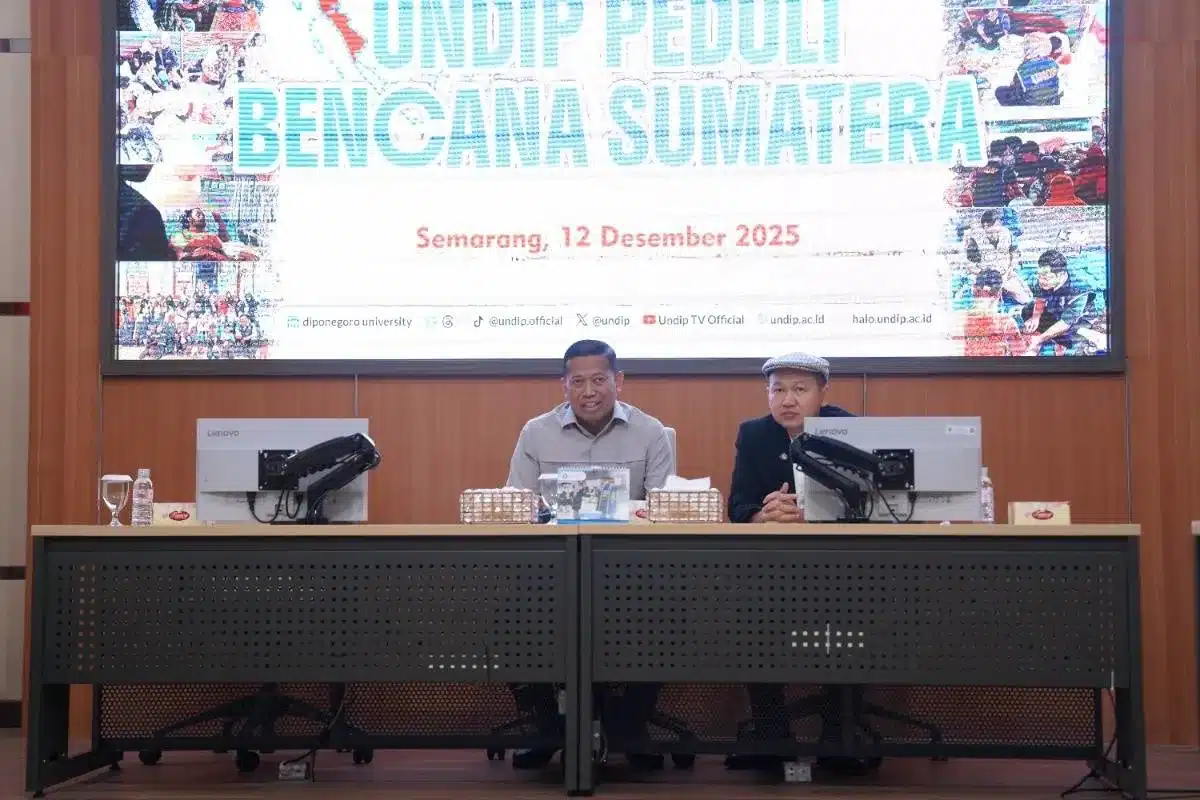Diabetes is a chronic or long-term disease. This disease is characterized by an increase in blood sugar (glucose) levels to above normal values. Glucose is the main energy source for the cells of the human body. Glucose that accumulates in the blood due to not being absorbed properly by the body’s cells can cause various disorders of the body’s organs. If diabetes is not controlled properly, various complications can arise that endanger the patient’s life. Fasting is known to have many health benefits, including for people with diabetes. People with diabetes must first discuss their condition with their doctors and must have a history of controlled blood sugar before they can fast.
“Diabetes patients can be classified into the category of very high, high, medium or low risk levels. High risk patients are those who have experienced severe hypoglycemia and decreased blood sugar in the last 3 months leading up to this Ramadan, or repeated hypoglycemia, women who are pregnant, dialysis patients, those who experience an emergency, namely Hyperosmolar Hyperglycemic State (HHS) in the last three months. They include patients who have a very high risk when fasting,” said dr. Maria Erika Pranasakti, Sp.PD., Internal Medicine Specialist at Diponegoro National Hospital (RSND), Diponegoro University.
“The high risk patients are those who have moderate hypoglycemia, the sugar category is 150 to 300 or diabetes patients who live alone and there is no accompanying family member, patients who are elderly or have other comorbidities, such as having had a stroke. If you have a heart attack, you are at high risk. Those who are at medium risk are those with controlled diabetes and low ones who use only one type of drug. Patients in the category of medium or low risk are still safe, but those who are categorized as very high and high risk must be aware of several things. There are signs that they must understand in the body, such as when to immediately break the fast,” she continued.
dr. Maria conveyed that patients who will carry out fasting must prepare themselves not at the last moment but 1 or 2 months in advance or from the beginning so that when they enter the month of Ramadan their bodies will get used to the new pattern. When fasting there is a change in eating patterns, usually 3 times a day to 2 times a day (suhoor and iftar). There is a period of not eating for about 12 hours and people often think that by fasting their blood sugar will be low but not only that, low blood sugar or hypoglycemia is only one of them because there is also a condition of hyperglycemia or the blood sugar actually rises. This can be caused by dehydration or the body lacks fluids. There are emergency conditions such as diabetic ketoacidosis, which is an emergency that may occur when a diabetic patient has an illness in his body, usually an acute infection that he does not realize, but fasts and when his blood sugar reaches a certain threshold there will be a diabetes emergency.
“Things that diabetes patients need to prepare before fasting, include nutritional intake, they are advised to eat a diet that ranges from 1,200 to 2,000 calories. The method of calculating calories is adjusted to the ideal body weight of each person, and the patient must consume carbohydrates for 40-50 percent of the total calories. Complex carbohydrates are recommended. Fluid intake is about 30 to 50 cc per kilogram of body weight and is adjusted for whether patients have other diseases such as kidney or heart failure because their fluid needs are slightly different. Try to eat suhoor near the time of Imsak, when breaking the fast it is not recommended to consume sweet food and drinks that contain caffeine. Regarding the medicine, it should be discussed with the doctor,” she explained.
She further explained that for nutrition and fluids, daily caloric needs in the amount of 1200-2000 calories are distributed for suhoor (30-40%) and iftar (40-50%), plus 1-2 healthy snacks (10-20%). The nutritional composition consists of carbohydrates (40-50%), preferably with a low glycemic index so that energy can be released slowly; 20-30% protein in the form of nuts, fish, poultry or meat; 30-35% fat in the form of monounsaturated fat and polyunsaturated fat; saturated fat should be limited to <10% of total daily caloric intake; and adequate fiber intake from fruits and vegetables. Maintain hydration levels by drinking enough water as much as 30-50 cc/kg/body weight, (adjusted according to the patient’s kidney and heart condition). This is done to prevent dehydration and reduce the risk of thrombosis. It is advisable to eat suhoor as late as possible before starting the fast.
Foods that contain a lot of sugar, sugary drinks, syrups, canned juices, or fresh juices with added sugar should be avoided after iftar and between meals. Diabetes patients should also avoid caffeinated drinks because they are diuretics that can cause dehydration. While regular physical activity can be continued during Ramadan, light and moderate exercise can be done in the morning or after breaking the fast. Strenuous exercise should be avoided during fasting hours and especially before iftar due to the high risk of hypoglycemia and dehydration. Tarawih prayers performed in the month of Ramadan are also part of daily sports activities because they involve regular physical activities such as bowing, kneeling, and getting up.
“Diabetes patients must be aware of their current position, whether they are in the very high, high, medium or low risk category. For very high risk, you should be alert every time, check your blood sugar more often and watch out for symptoms of hypoglycemia and hyperglycemia. If the blood sugar level is less than 70 or more than 300, we recommend canceling the fast, while for medication arrangements, you must consult a doctor so that you can still carry out fasting properly and avoid risk of complications,” said dr. Maria. (Lin-Public Relations)










